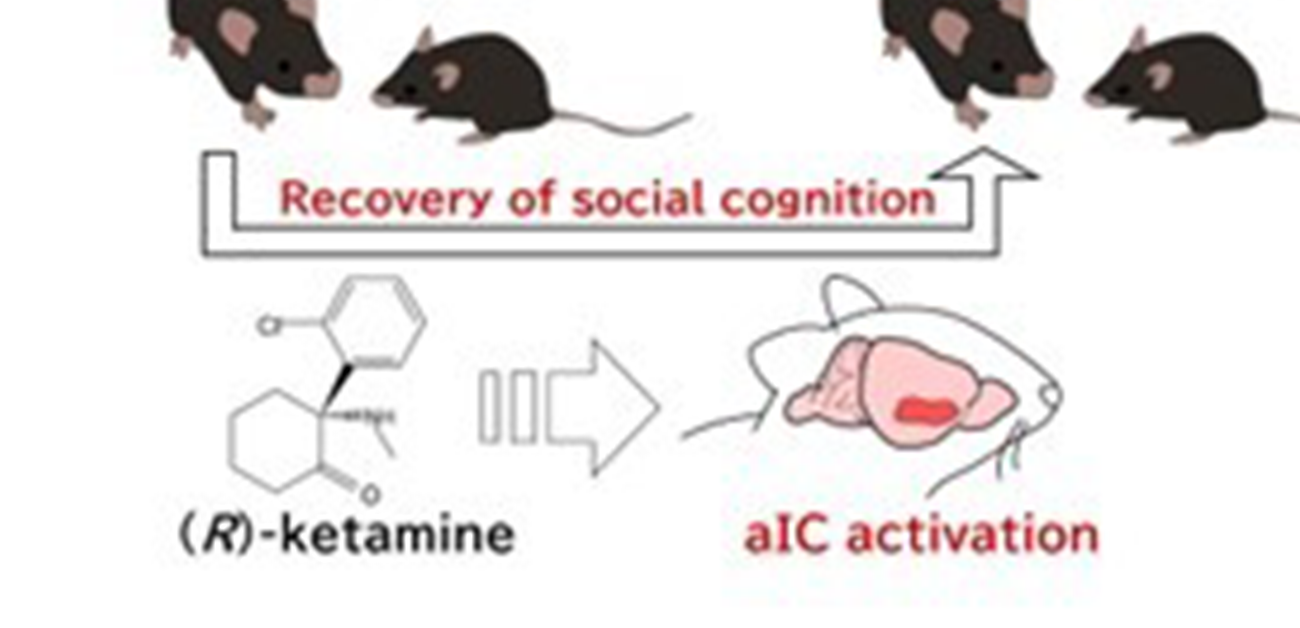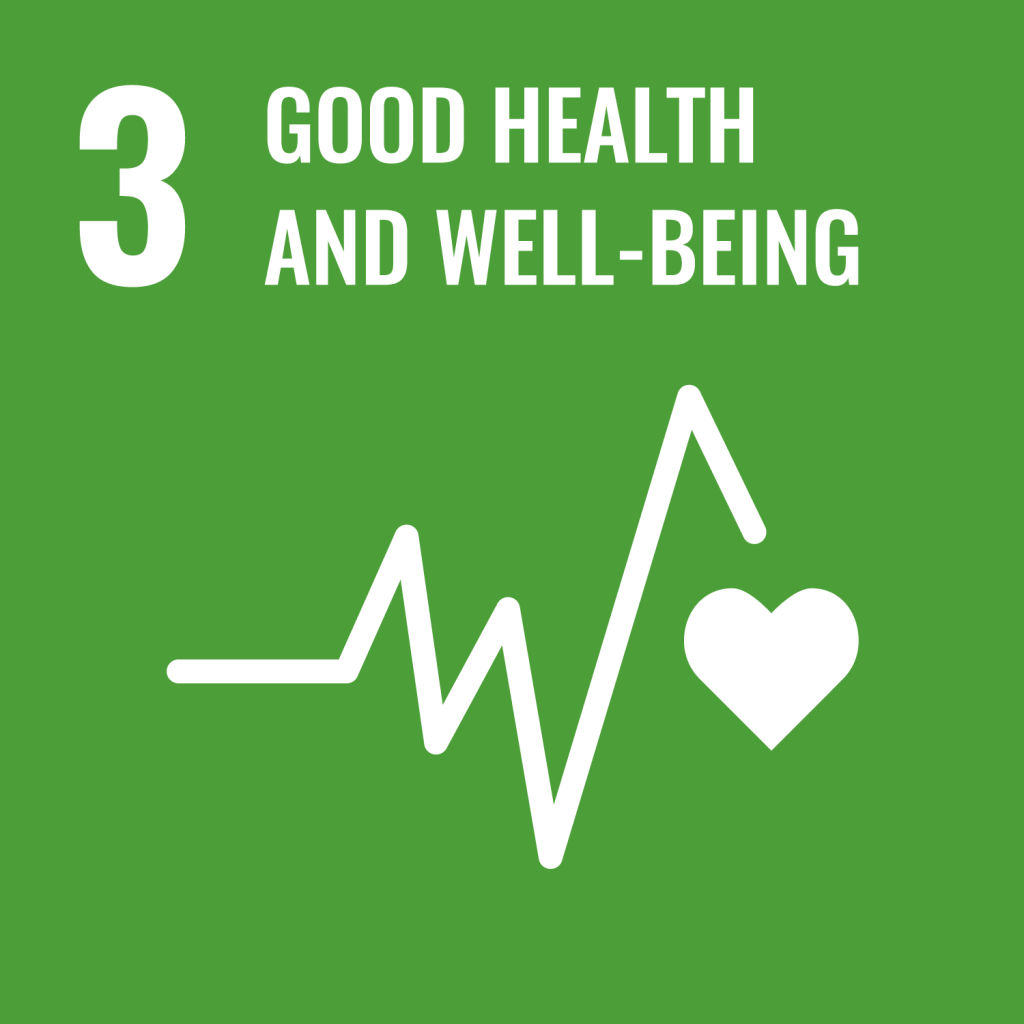
Improving social symptoms of depression with a common anesthetic
Researchers from Osaka University find that one form of ketamine, a common anesthetic, can improve social impairments in a mouse model of depression by restoring neuronal activation in a specific brain region
Well-being is important for everyone, especially when we feel lonely or isolated. Depression is a serious challenge for many people and finding an effective solution is key.
In a recent study published in Molecular Psychiatry, researchers from Osaka University used a mouse model of depression to reveal that one form of ketamine (a common anesthetic) in low doses can improve social impairments by restoring functioning in a specific brain region called the anterior insular cortex.
Ketamine is often used at low doses to treat depression, but its actions in the brain remain relatively unclear. Generally, ketamine refers to a mix of two different forms of ketamine: (S)-ketamine and (R)-ketamine. These two molecules are mirror isomers, or enantiomers—they have the same molecular formula, but their three-dimensional forms are mirror images of one another. Although they usually occur as (S) and (R) pairs, they can also be separated into either (S)-ketamine or (R)-ketamine. Each is beneficial in treating depression, although their specific effects vary.
When the research team decided to test the effects of (S)-ketamine and (R)-ketamine on depression-like symptoms in mice, they first had to decide on an appropriate model. Given that depression and social impairments can be induced by long-term social isolation, they chose a chronic (at least 6 weeks) social isolation mouse model.
The researchers then used a method that allowed them to directly compare neuronal activation throughout the entire brains of mice treated with (S)-ketamine, (R)-ketamine, or saline (as a control) directly after behavioral tests.
“In this way, we were able to observe differences between (S)-ketamine and (R)-ketamine treatments in terms of neuronal activation across the whole brain, without having a predefined hypothesis,” says lead author of the study Rei Yokoyama. “Notably, we found that chronic social isolation led to decreased neuronal activation in the anterior insular cortex—a brain region that is important for emotional regulation—during social contact, and that (R)-ketamine, but not (S)-ketamine, reversed this effect.”
The researchers also found that mice treated with (R)-ketamine were better at recognizing unfamiliar versus familiar mice in a social memory test, indicating improved social cognition. Moreover, when neuronal activity was suppressed in the anterior insular cortex, the (R)-ketamine-induced improvements disappeared.
“These findings highlight the importance of the anterior insular cortex for the positive effects of (R)-ketamine on social impairments, at least in mice,” says Hitoshi Hashimoto, senior author of the study. “Together, our results indicate that (R)-ketamine may be better than (S)-ketamine for improving social cognition, and they suggest that this effect is dependent on restoring neuronal activation in the anterior insular cortex.”
Given that the rates of social isolation and depression are increasing worldwide, these findings are very important. (R)-ketamine is a promising treatment for isolation-induced social impairments and may contribute to a better quality of life in people with associated disorders.
Fig. The reduced social cognitive function exhibited by mice raised in social isolation rearing was improved through the activation of the insular cortex by (R)-ketamine.
Credit: Rei Yokoyama, Atsushi Kasai
The article, “(R)-ketamine restores anterior insular cortex activity and cognitive deficits in social isolation-reared mice,” was published in Molecular Psychiatry at DOI: https://doi.org/10.1038/s41380-024-02419-6.

